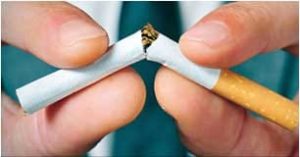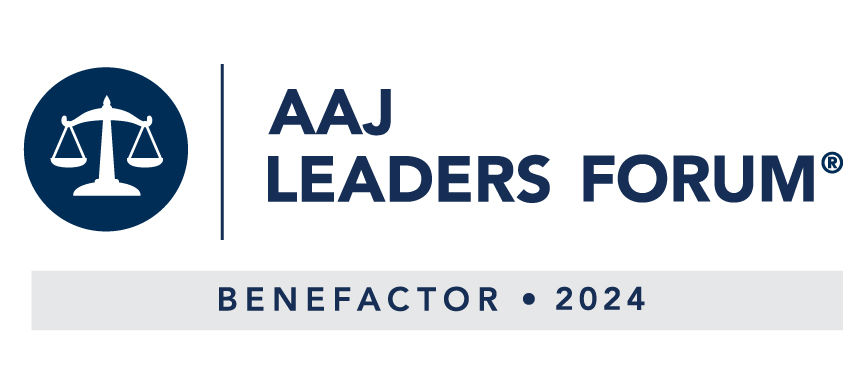간접 흡연은 폐암을 유발합니다
간접 흡연이란 무엇입니까?
Known as environmental tobacco smoke, secondhand smoke is a mixture of the smoke exhaled by smokers (mainstream smoke) as well as the fumes given off by cigarettes, cigars, and pipes (side stream smoke). Composed of over 3,000 chemicals, secondhand smoke contains more than 250 known toxins and more than 50 carcinogens ( Secondhand Smoke Fact Sheet – CDC). Nicotine, carbon monoxide, and other cigarette tar ingredients are among the substances in secondhand smoke that have been linked to lung cancer.

간접흡연의 위험성
In 1992, an EPA report classified secondhand smoke as a carcinogen. Nine years later, the International Agency for Research on Cancer ( IARC) reached the same conclusion on secondhand smoke’s dangers. The National Institute of Health specifically links secondhand smoke to lung cancer ( Health Effects of Exposure to Environmental Tobacco Smoke), and even brief exposure to secondhand smoke has immediate adverse effects on the cardiovascular system, increasing the risk of heart disease and lung cancer.
“간접 흡연 노출의 건강 영향은 우리가 이전에 생각했던 것보다 더 광범위합니다. “과학적 증거는 이제 논쟁의 여지가 없습니다. 간접흡연은 단순한 골칫거리가 아닙니다. 그것은 어린이와 비흡연 성인의 질병과 조기 사망으로 이어질 수 있는 심각한 건강상의 위험입니다.”
간접 흡연은 폐암, 심장병을 일으킬 수 있습니다
Among adults in the U.S., over 3,000 lung cancer deaths and 35,000 deaths from heart disease occur each year due to secondhand smoke, according to the National Cancer Institute ( NCI). Nonsmokers exposed to secondhand smoke increase their chances of developing heart disease by 25% to 30%.
In addition to its impact on heart disease, secondhand smoke can greatly increase the risk of developing lung cancer. According to studies by the Surgeon General, nonsmokers exposed to secondhand smoke had an increased lung cancer risk of 20%–30% when living with a smoker. The dangers of secondhand smoke are not limited to the home, as the cancer risk extends to all secondhand smoke exposure, regardless of the exposure location. (See Cancer Among Adults from Exposure to Secondhand Smoke).
간접흡연이 어린이에게 미치는 영향
In the United States, secondhand smoke is responsible for more than 300,000 annual cases of bronchitis and pneumonia in children under 18 months old, according to the Environmental Protection Agency. It causes and aggravates childhood asthma, has been linked to Sudden Infant Death Syndrome ( SIDS), respiratory problems, and ear infections. Because their bodies are still growing, children and infants are especially vulnerable to secondhand smoke.
담배 연기에 대한 어린 시절의 노출은 또한 신경계 문제와 성인기의 심장병에 기여합니다. 세계보건기구(WHO)에 따르면 간접흡연은 "전 세계적으로 사망과 고통을 유발하는 어린이 건강에 실질적이고 실질적인 위협"입니다.
간접 흡연에 대한 언론 보도에 영향을 미치려는 담배 산업
Tobacco industry documents reveal how cigarette manufacturers have tried and succeeded in influencing media reports about secondhand smoke ( Prev Med. 2004 Sep; 39(3): 568–80). According to internal documents, the companies recruited teams of journalists to write news articles that undermined the Environmental Protection Agency’s warnings about secondhand smoke and supported the tobacco industry’s position.
Working on behalf of Philip Morris, a public relations firm suggested building doubt about an Environmental Protection Agency ( EPA) report on secondhand smoke. Besides concentrating on “one–on–one opportunities with journalists,” the firm recommended “carefully tailored, authored, placed pieces” questioning the competence of the EPA.
간접 흡연에 대한 추가 정보
교육은 간접 흡연과 관련된 건강 위험을 제한하는 첫 번째 단계입니다. 담배 산업이 추진하는 상충되는 정보로 인해 간접 흡연의 건강 위험을 설명하는 사실적 정보 출처는 공공 안전과 건강에 훨씬 더 중요합니다. 일반 대중에게 간접 흡연으로 인한 위험을 교육하는 데 도움이 되도록 다음 리소스를 선택했습니다.









